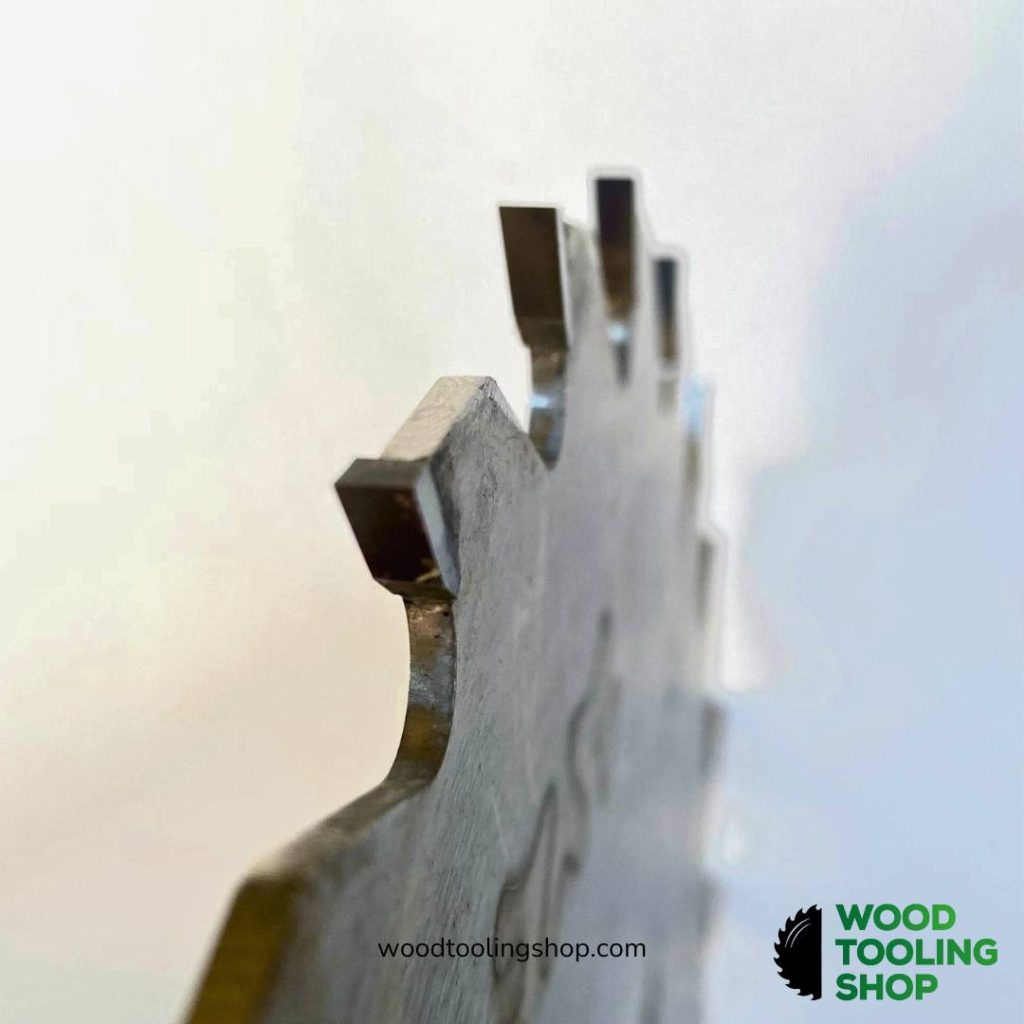
WTS Blade maintenance
Share
How to Prolong the Life of Your Circular Blades
Circular blades are essential tools for both professionals and DIY enthusiasts, ensuring clean and precise cuts across various materials. However, like any tool, they require proper care and maintenance to perform at their best and maintain a long lifespan. In this guide, we’ll explore practical tips and techniques to help you extend the life of your circular blades while optimizing their performance.
1. Clean your blades regularly
Over time, blades accumulate resin and debris from cutting wood and metal. These buildups can reduce cutting efficiency and cause overheating.
How to clean your circular blades:
- Remove the blade: Always ensure the saw is unplugged or the battery is removed before handling the blade.
- Use a cleaning solution: Soak the blade in a solution of warm water and mild detergent or a specialized blade cleaner.
- Scrub gently: Use a soft brush or nylon pad to remove buildup. Avoid abrasive materials that might damage the blade’s coating.
- Dry thoroughly: Wipe the blade completely dry to prevent rust formation.
Pro Tip: Regular cleaning after heavy use can prevent debris from hardening, making future cleanings easier.

. Sharpen your blades when needed
A dull blade not only compromises cutting precision but also increases strain on your tools. Regular sharpening restores cutting performance and reduces the risk of accidents caused by excessive force.
When to sharpen your blade:
- Notice rough or uneven cuts.
- See burn marks on the material you’re cutting.
- Feel the blade dragging instead of slicing smoothly.
How to sharpen your blade:
- DIY sharpening: Use a diamond file or blade sharpening jig for minor touch-ups.
- Professional services: For carbide-tipped blades, consider using a professional sharpening service to ensure optimal results.
Pro Tip: Avoid over-sharpening, as removing too much material can weaken the blade.
3. Store blades properly
Improper storage can lead to accidental damage, corrosion, and dulling of your blades. Keeping them organized and protected ensures they’re always ready for use.
Storage tips:
- Use blade cases: Protective cases or sleeves shield blades from dust and physical damage.
- Hang blades: If you’re storing multiple blades, hang them on wall-mounted hooks to prevent them from touching each other.
- Avoid moisture: Store blades in a dry environment to prevent rust and corrosion.
Pro Tip: Label your blades by material type to quickly select the right one for each project.

4. Check blade alignment and mounting
Misaligned or improperly mounted blades can cause vibrations, uneven cuts, and premature wear.
Steps to ensure proper alignment:
- Inspect the arbor: Ensure the saw’s arbor is clean and free of debris.
- Tighten securely: Use the appropriate tools to mount the blade tightly without overtightening.
- Test run: Before starting a project, run the saw at low speed to check for wobbling or unusual vibrations.
Pro Tip: Regularly inspect your saw’s components, such as the flange and washer, for signs of wear.
5. Avoid overheating
Excessive heat can warp your blade, dull its edge, and compromise its structural integrity. Proper cutting techniques and cooling measures can minimize this risk.
How to prevent overheating:
- Use the correct speed: Match the saw’s speed to the material being cut.
- Let the blade rest: For prolonged use, give the blade periodic breaks to cool down.
- Apply lubrication: When cutting metal, use cutting oil to reduce friction and heat.
Pro Tip: Listen to your saw. High-pitched noises or burning smells often indicate excessive heat.
6. Inspect your blades regularly
Periodic inspections help identify potential issues before they become major problems. Check for:
- Chipped or missing teeth: Replace blades with significant damage.
- Warping: Discard warped blades, as they can cause unsafe vibrations.
- Rust or corrosion: Address minor rust spots immediately with fine steel wool or a rust remover.
Pro Tip: Keep a maintenance log for your blades, noting cleaning, sharpening, and replacement dates.

Conclusion
Proper maintenance of your circular blades not only prolongs their life but also ensures safer and more efficient operation. By following these tips, you’ll get the most out of your investment.
Need high-quality, durable blades? Browse our selection of circular blades, designed to deliver exceptional performance for every project. Contact us for expert advice or to place your order today!
